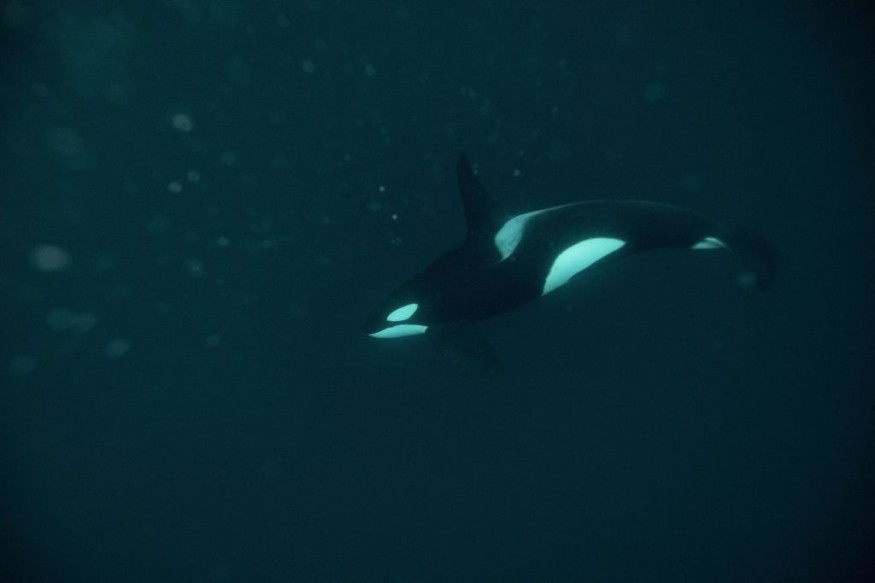
Scientists defined orcas as fast learners that can do terrifying tricks and these can actually make them smarter as a group.
Experts made the observation following the attacks made by orcas against other marine mammals. In recent incidents, the orcas were found to have feasted on huge chunks of flesh from the flanks of an adult blue whale.
On the other hand, there have also been reports on orcas abducting baby pilot whales and devouring them at the end.
There were also cases of small population of orcas that had been involved in ramming and sinking of boats.
Intelligence Of Orcas
Researchers said that these marine animals have possessed an incredibly complex and highly evolved brain.
Their brains are also found to be associated with memory and emotion that are significantly more developed than even in the human brain.
Experts underscored that orcas are widely recognized as one of the most intelligent marine mammals. Their intelligence is evident through their complex social behaviors, communication, and problem-solving abilities.
Studies have shown that orcas are possessing a highly developed neocortex, which is the part of the brain that has been responsible for higher-level cognitive functions such as problem-solving, decision-making, and self-awareness.
According to research, the brain size of orcas is larger than most other marine mammals as it has an average weight of 5.5 kg for males and 3.3 kg for females.
Researchers said that this aquatic animal has been observed to be exhibiting a wide range of intelligent behaviors, including cooperative hunting, tool use, and social learning.
It was also found that orcas are capable of adapting to new situations and environments where they demonstrate their ability to learn and reason.
When it comes to their cognitive abilities, orcas are said to be possessing a high level of self-awareness as shown by their ability to recognize themselves in mirrors.
Studies have shown that many of the tricks being shown by orcas may in fact be age-old behaviors that humans are only documenting at present.
Similar to humans, some of these learned behaviors of orcas have become trends, ebbing and flowing in social waves.
Moreover, the frequent interactions with humans through boat traffic and fishing activities may also drive orcas to learn some of these new behaviors.
The more the environment shifts, the faster orcas must respond and rely on social learning for their survival.
Researchers observed that during the orcas' blue whale attacks, these marine animals inserted their heads inside live whales' mouths to feed on their tongues.
Orcas' Characteristics
Scientists said that orcas have a distinctive appearance, a large black body, a white underside, a white patch above and behind the eye, and a saddle patch behind the dorsal fin.
These species actually belong to the dolphin family Delphinidae. They are the only species in their genus, but their closest relatives are dolphin species from around Australia and South East Asia like the Irrawaddy dolphin.
A newborn baby orca usually weighs 180kg, and they are 2-3m long.
An adult male can weigh about 8600kg and grow up to 10m in length, while an adult female can weigh about 5400kg and grow up to 9m in length.
Related Video:
© 2025 NatureWorldNews.com All rights reserved. Do not reproduce without permission.





